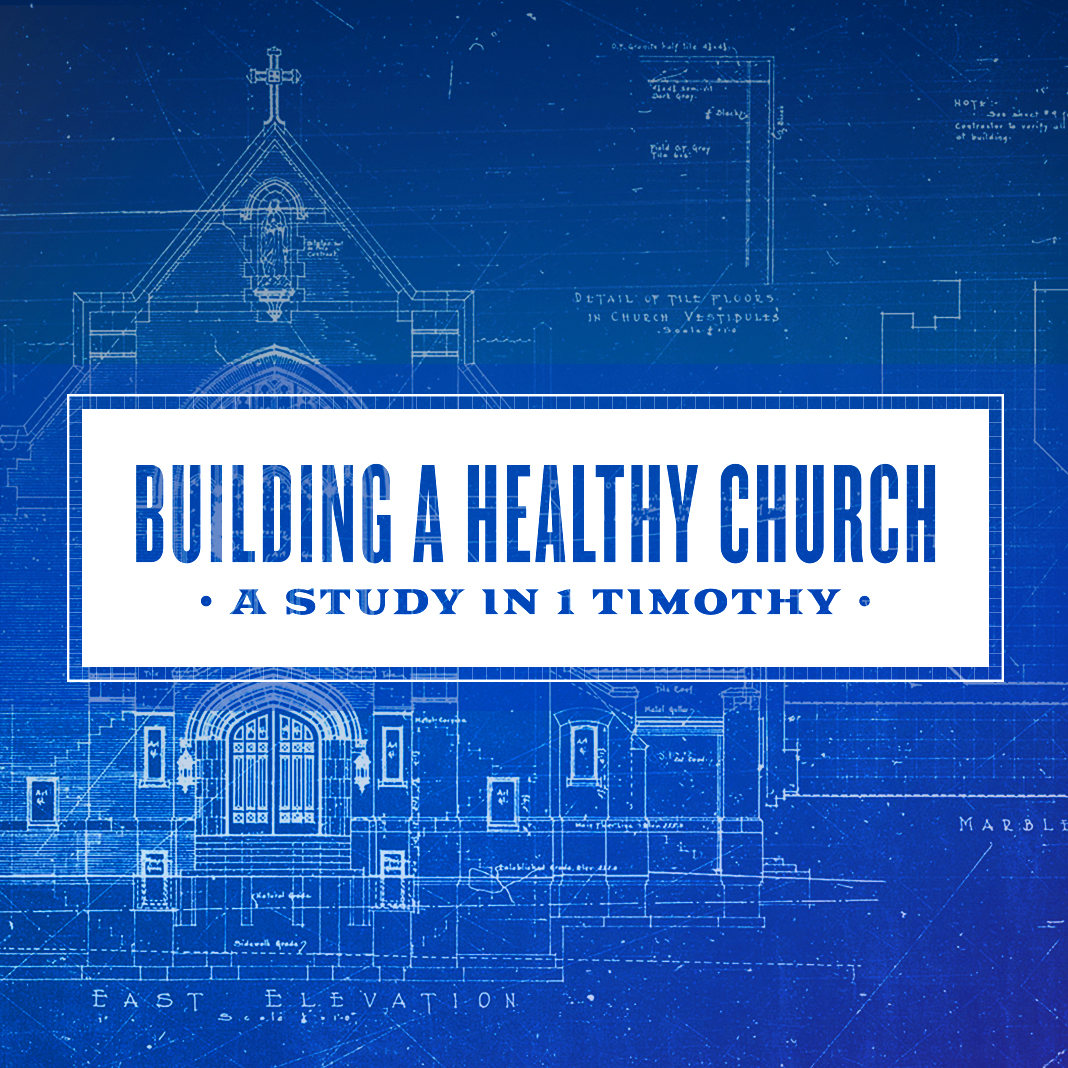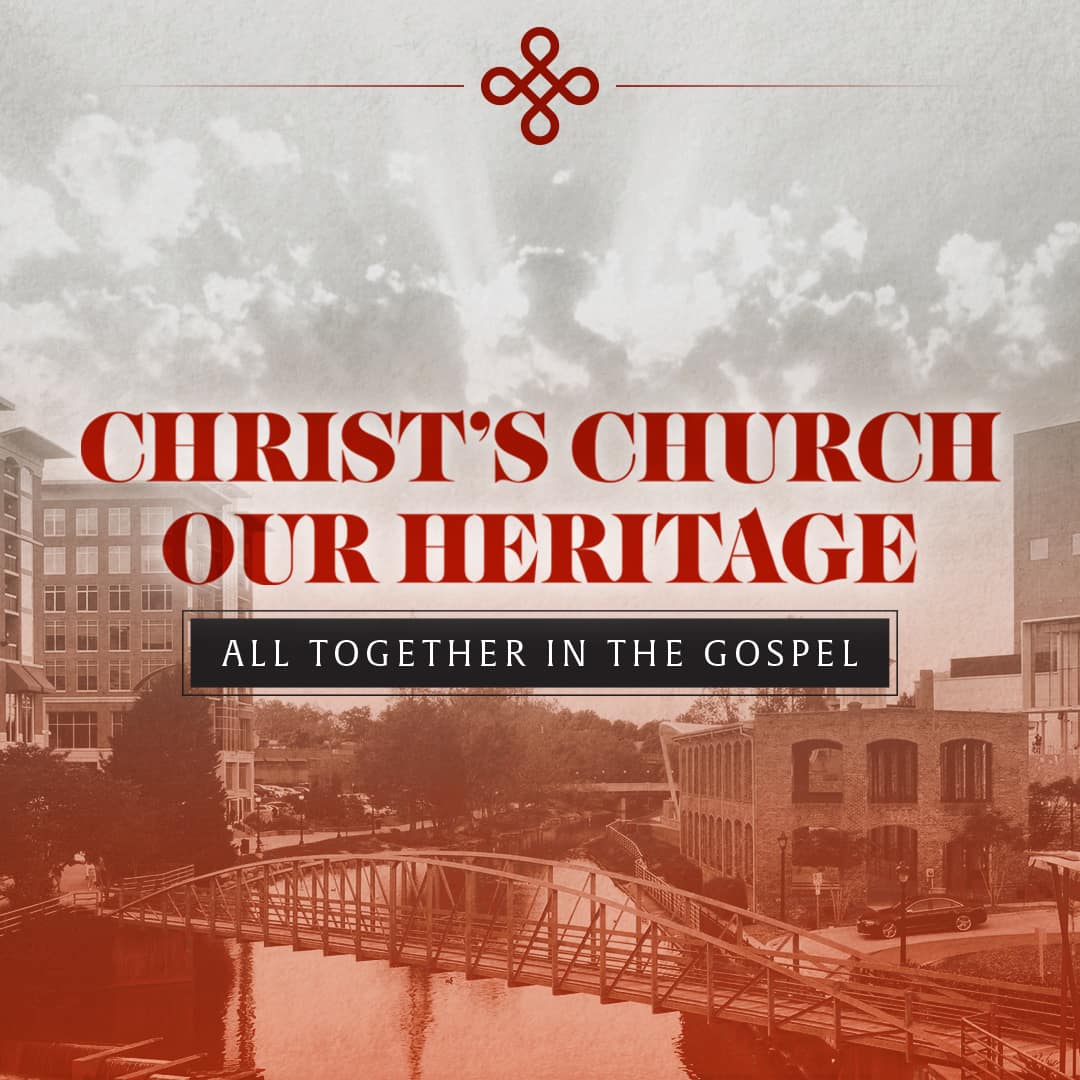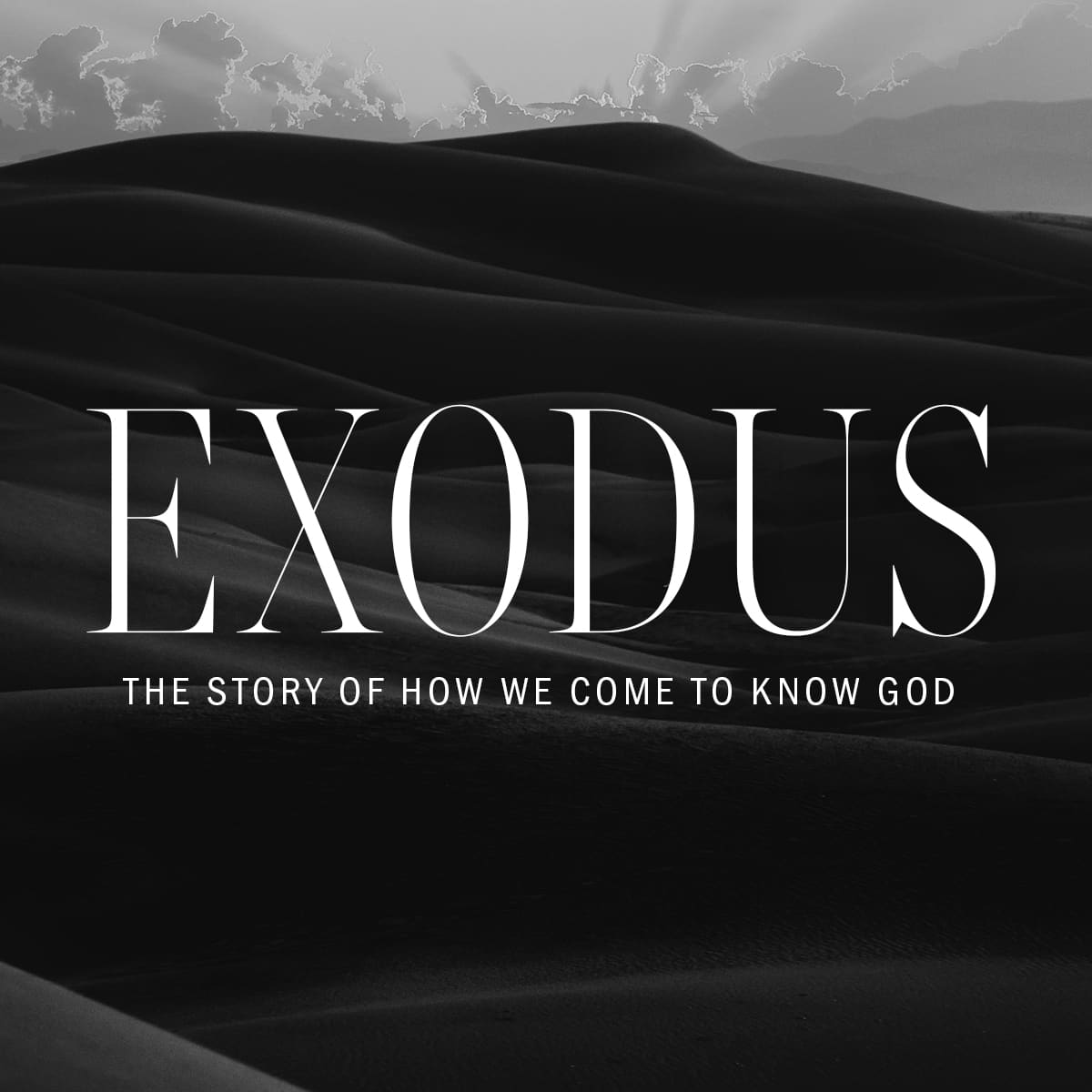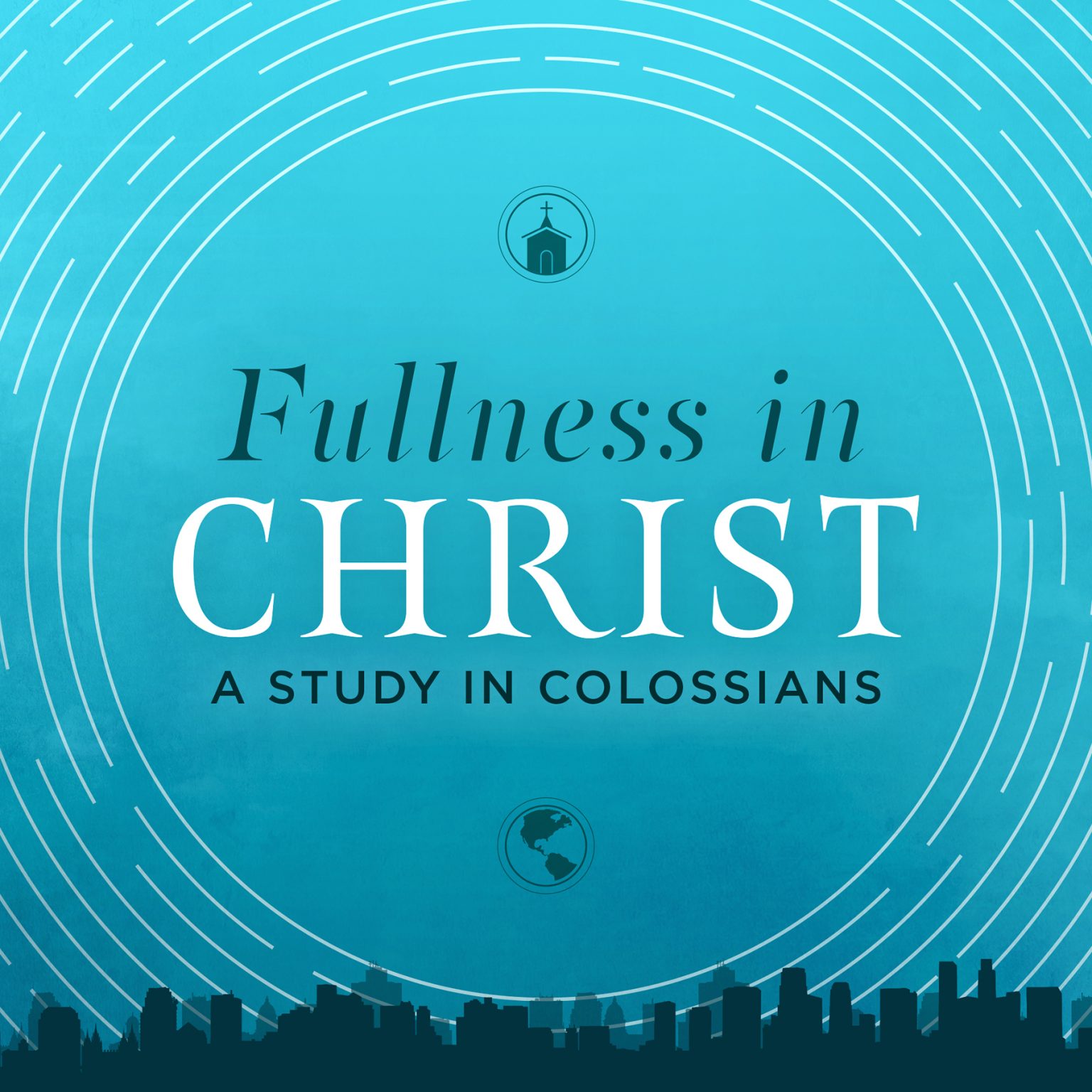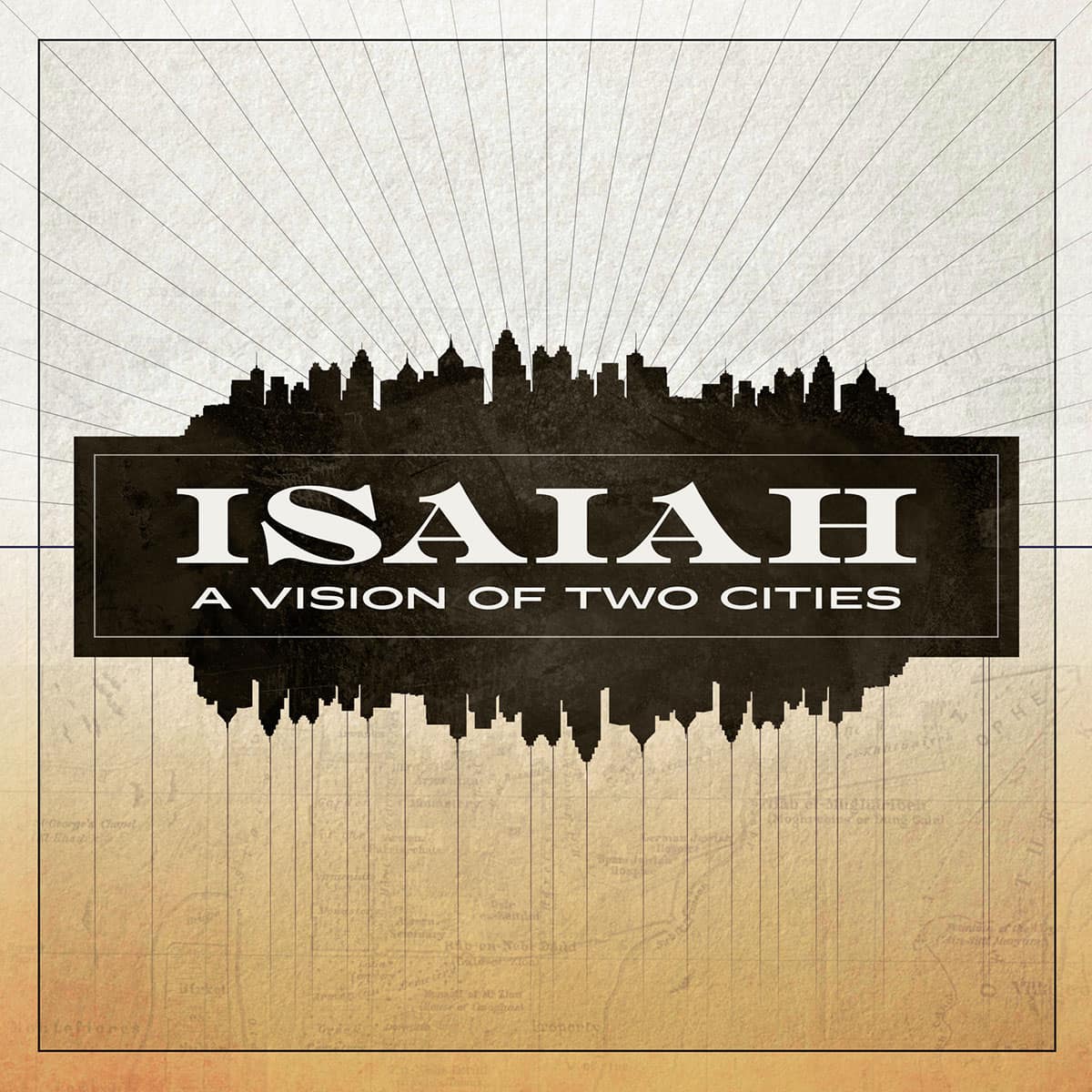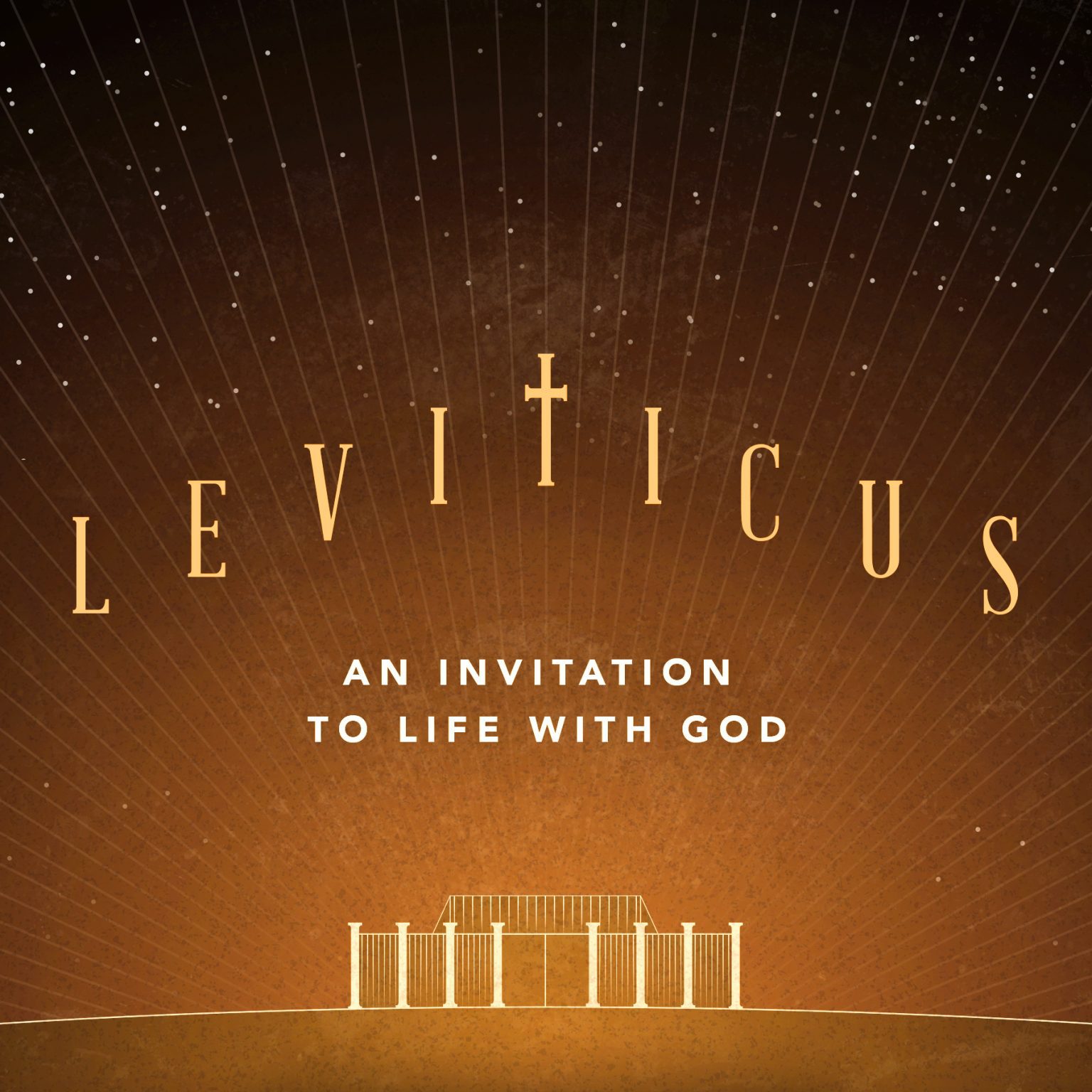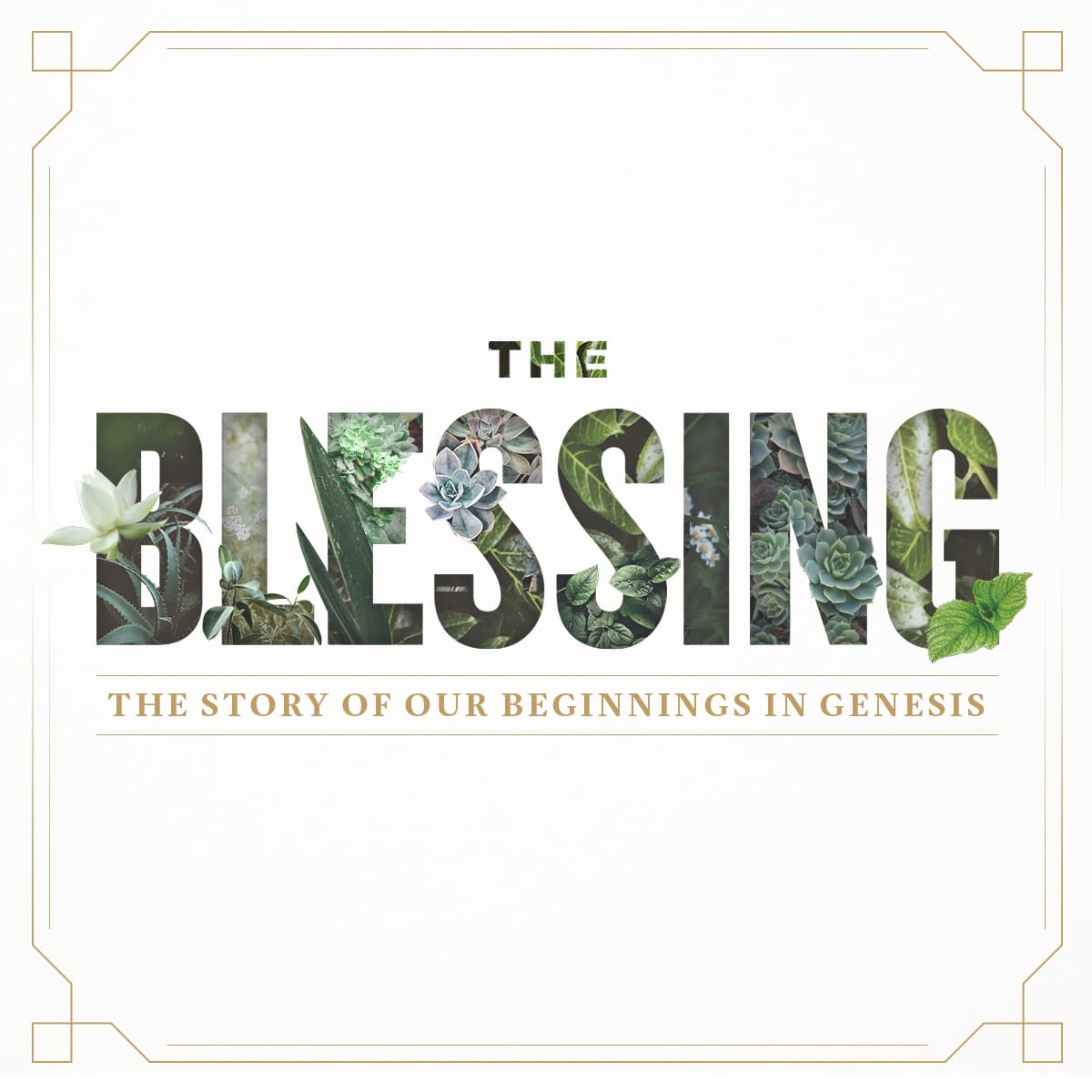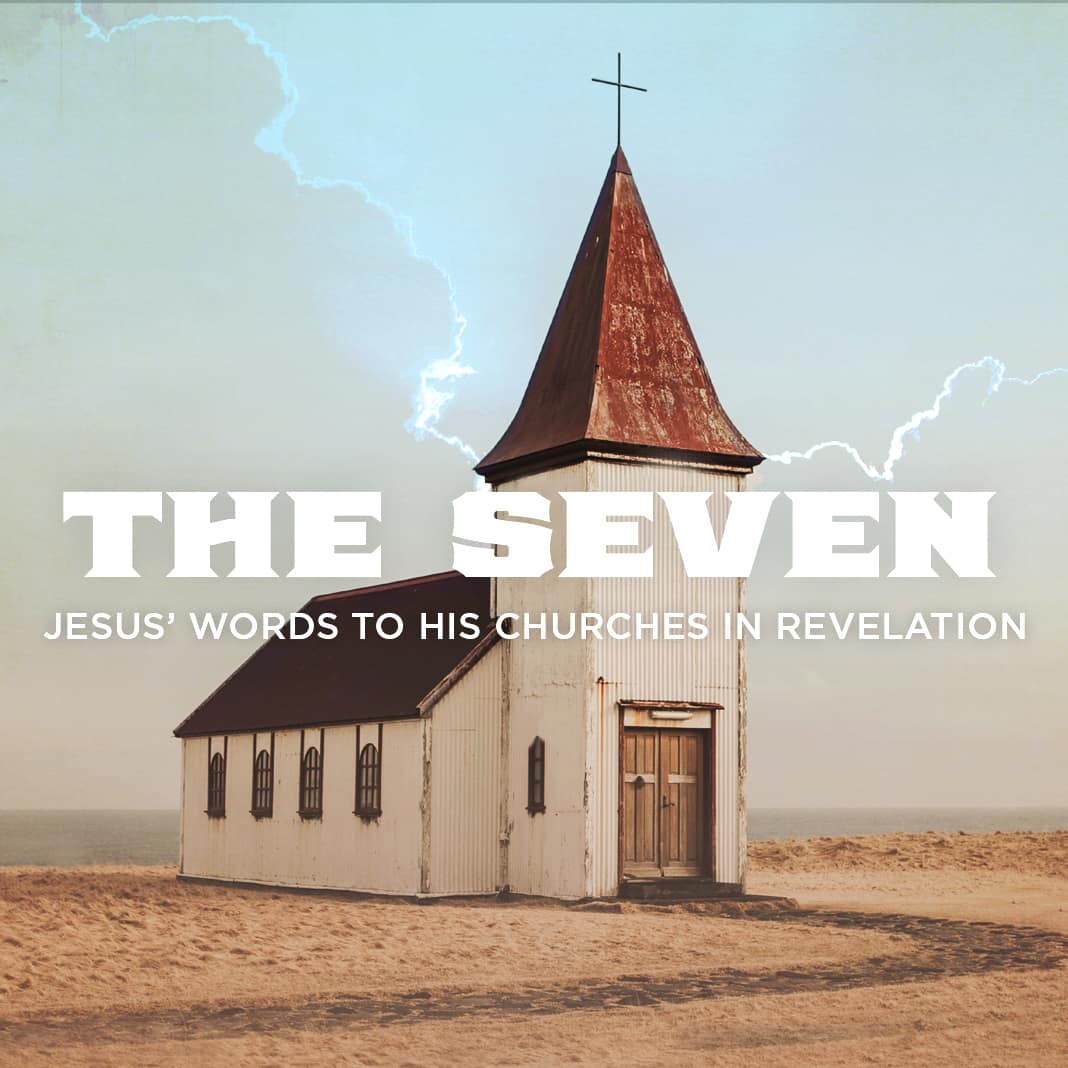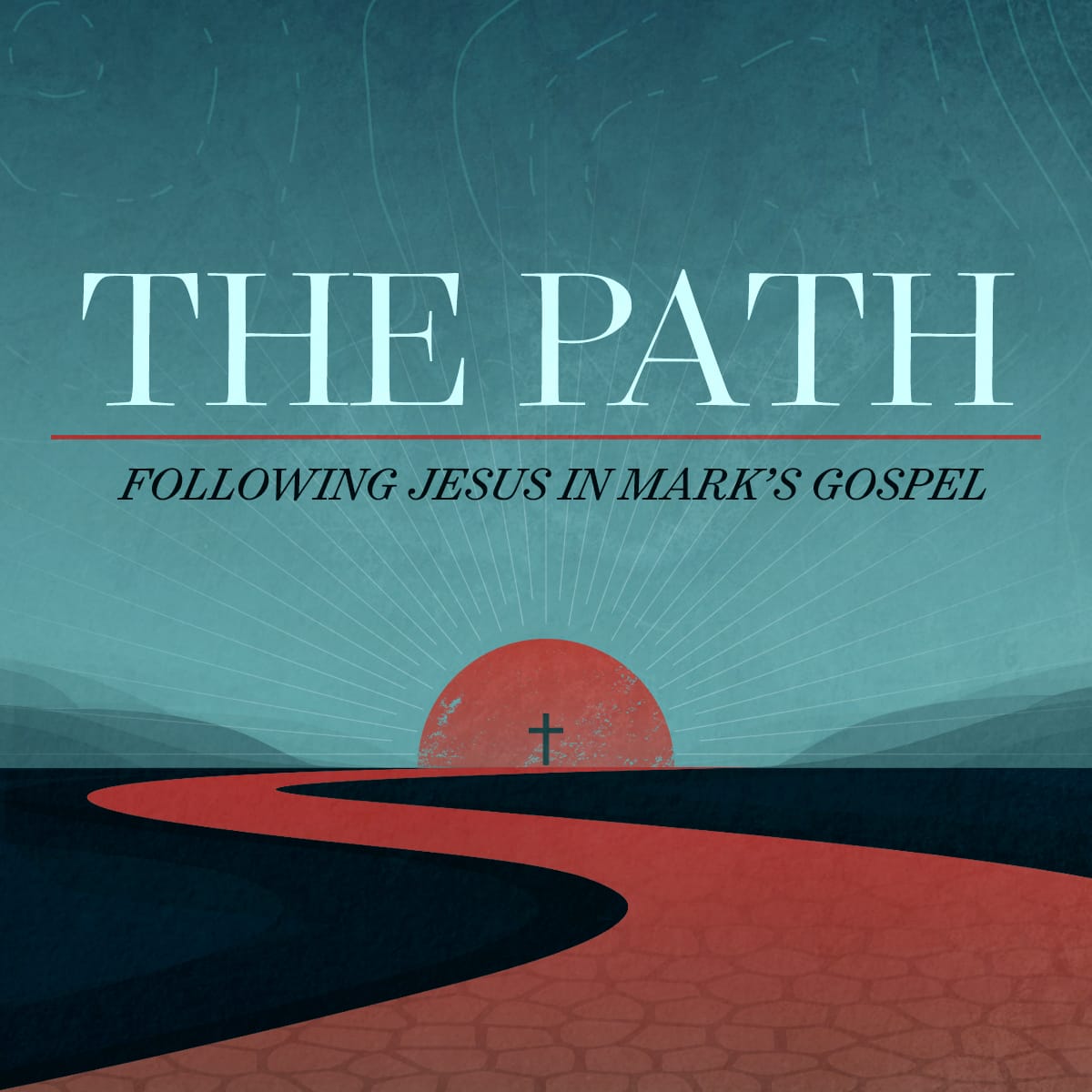
About the Series
Mark began his gospel with the words of the prophets, who told of a day when the Lord would come to his temple, and when he would deliver his people from sin. He also composed his gospel with a deliberate geographical movement from Galilee to Jerusalem. Why did he do that? To show us that the Lord’s path leads to his enthronement on a cross. But there is a second reason: to show us our path. The path of discipleship— the path of those who would follow Jesus—has a cross in it as well. Our fates are bound up with his. Thankfully, this path does not end with suffering, but with resurrection and life. This is a book written about discipleship for disciples like us.
Mark began his gospel with the words of the prophets, who told of a day when the Lord would come to his temple, and when he would deliver his people from sin. He also composed his gospel with a deliberate geographical movement from Galilee to Jerusalem. Why did he do that? To show us that the Lord’s path leads to his enthronement on a cross. But there is a second reason: to show us our path. The path of discipleship— the path of those who would follow Jesus—has a cross in it as well. Our fates are bound up with his. Thankfully, this path does not end with suffering, but with resurrection and life. This is a book written about discipleship for disciples like us.


